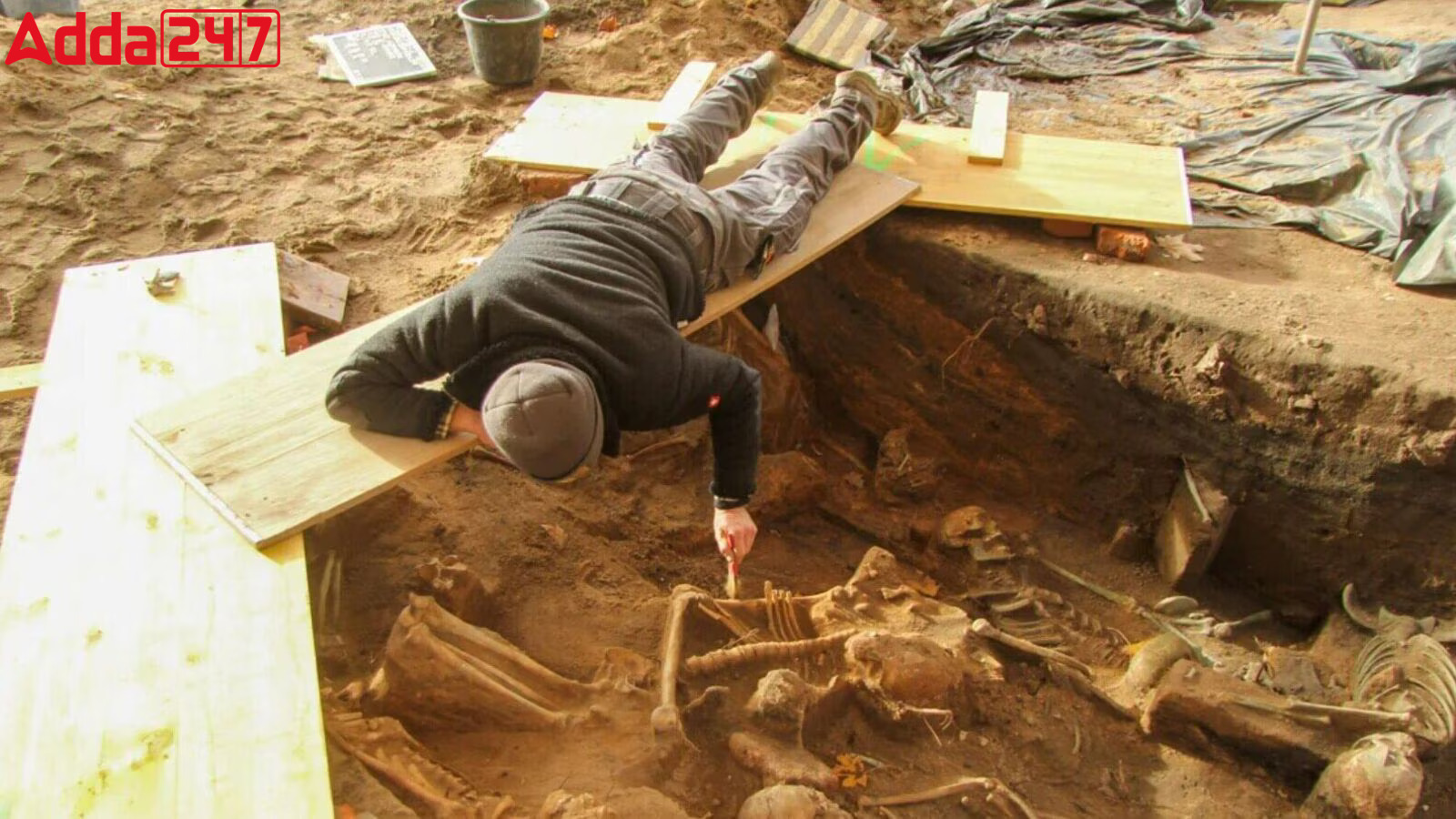Excavation sites worldwide yield artifacts and fossils crucial for understanding history. In Nuremberg, Germany, construction laborers stumbled upon an astonishing find while building a house: a vast number of human skeletons, indicating the presence of what may be Europe’s largest cemetery.
Discovery of Human Skeletons:
- Shocking Find: Laborers were stunned to uncover numerous human skeletons in Nuremberg’s city center.
- Significance: This discovery presents a significant archaeological opportunity, potentially shedding light on historical events and demographics.
Scale and Significance:
- Extensive Findings: Nearly a thousand skeletons have been unearthed so far, with estimates suggesting the total could surpass 1500.
- Urban Location: The cemetery’s location amidst a densely populated area adds to its intrigue and historical significance.
Historical Context:
- Dating Back Centuries: Preliminary analysis suggests these skeletons may date back to the 17th century, possibly relating to historical events such as the Bubonic Plague.
- Plague Epidemic: Nuremberg is believed to have been heavily impacted by the Bubonic Plague, making this discovery particularly pertinent to understanding the epidemic’s effects on the population.
Investigation and Preservation Efforts:
- Ongoing Investigation: Archaeologists are conducting thorough investigations to uncover further insights into the site’s history and significance.
- Preservation Measures: All human skeletons discovered, including those yet to be unearthed, will be meticulously preserved for future study.
Environmental Factors:
- Potential Contamination: Some skeletons show signs of green discoloration, possibly attributed to waste from a nearby copper mill, highlighting environmental factors impacting the site’s preservation.
- Multifaceted Analysis: Experts are conducting comprehensive analyses, considering both historical and environmental factors to gain a holistic understanding of the site.




 Operation Hawkeye: US and Jordan Strike ...
Operation Hawkeye: US and Jordan Strike ...
 India and the Netherlands Set Up Joint T...
India and the Netherlands Set Up Joint T...
 Brazil Hands Over BRICS Presidency to In...
Brazil Hands Over BRICS Presidency to In...







